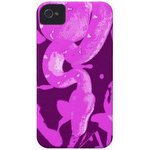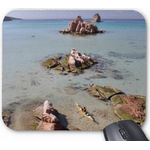• Logbook
• Road Stars
Download GPS files for Mendoza wine tour:
• GPS track & waypoints
Lodging and eating:
• Casa de Campo (Maipú)
Bike shop:
• JMBikes (Neuquén)
After visiting the Conguillio National Park, our plan was to visit the Malalcahuello-Nalcas National Park. However, we face a couple of problems that make us change our plans. First, the bike brakes need bleeding before continuing, but there is no bike shop in Curacautín that can do the job. Second, according to the information we have gathered, the Malalcahuello-Nalcas National Park is probably snowed by now and we won’t be able to cross it. So, our next destination is the city of Neuquén in Argentina, capital of the province of the same name. We had plans to go there anyway, but by bike, not bus.
Stage index:
From May 4 to 6: Neuquén
From May 7 to 12: Mendoza
From May 4 to 6, 2011: Neuquén
We take a bus from Curacautín to Neuquén. Loading the bikes in one of these long-distance buses is a nightmare. These buses are 2 floor-high and have a small compartment for the baggage. On top of that, this one starts in Temuco, a big city, and is almost full. Although we told them we were traveling with bikes and paid extra when we bought the tickets, when the drivers see them they start shaking their head. After much playing the Rubik's cube with the bikes, we make one of them fit in the luggage compartment. The other one goes between the driver and the co-driver and the front wheels go upstairs with us. Travelling by bus with the bikes in the buses is becoming increasingly complicated.
After traveling the entire day, we get to Neuquén at night. During this week a conference of geologists is held in the city and it’s very difficult to find accommodation. On our first day in Neuquén we care about resolving the issue of the bike brakes. The guys at JMBikes are very helpful and offer fixing the problem in a couple of hours, leaving aside all the work they have scheduled. We also replace my helmet since a few days ago we found a crack near the temple. We go for a few other errands like changing the crappy boots I bought in San Diego, just before starting the trip. These are a Merrell and cost us over 100 dollars. After a couple of months they were destroyed, but I have to put up with them because we haven´t found anything worthwhile at a reasonable price. The swimsuit also has to wait, since the speedos they have around here are horrible.
The city has very little charm, to put it gently. Neuquén region is rich in natural gas reserves and this is the main source of income for the province. And where there is natural gas, there may be dinosaur remains. This is our main reason for coming here. Around Neuquén there are 3 world-class sites where fossils are found. We choose the one in Los Barreales, 56 mi from the city. To get there we rent a car. Flavio, an Italian biologist who works in the paleontology center, guides us and a group of interns from YPF, the lord of the land where the fossils are, through the museum, explaining in great detail all the remains exposed there; from petrified dinosaur eggs to one of the largest dinosaurs ever found (90-feet long). Next is a brief visit to the laboratory where the bones are prepared and replicas are made for museums. In Argentina it’s forbidden to sell the original bones. The last part of the visit is a walk through the area where they continue to dig fossils out. We pass right by a femur taller than us and part of a huge hip half buried. In the bushes around the trail there are replicas of some of the giants who inhabited this part of the country. Today it´s in the middle of the pampa but a few million years ago this was a lush garden that supported a wide variety of species. The reason why this site is so prolific is because it’s located in one of the meanders of an ancient river. Sometimes the bones are scattered and only a few are found belonging to the same individual, indicating that the river has transport them. If they are lucky, the remains are in the same place where the animal died, and in this case is when there is more likelihood to reconstruct the complete skeleton.
Our third day in Neuquén goes by between chores, restaurants and buying bus tickets. Our next destination is Mendoza, a 12-hour bus ride through the pampas. At the bus terminal we face another big problem to load the bikes. To alleviate the issue, this time we have chosen the only bus that starts in Neuquén, but the drivers insist the bikes must be packed in boxes. Although it seems a logical requirement, they never really enforced it. Fortunately, at the bus terminal, they give us some cardboard boxes and we place them between the bikes and between them and the bags that go on top. It’s for sure the discs brake will be bent when we get to Mendoza. At every bump we seem to hear the pedals scratching the discs. Alea jacta est.
From May 7 to 12, 2011: Mendoza
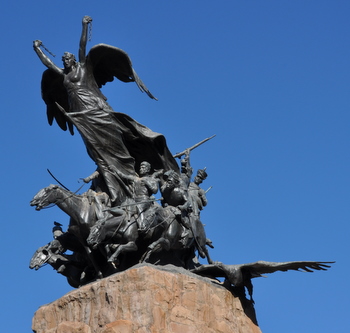
Mendoza feels very familiar, has an air of Barcelona. During our stay in the city we spend long hours walking by its plazas and streets, discovering cafes and bakeries, its nightlife, restaurants specializing in Argentine meat... We also pedal to Cerro de la Gloria, where the monument to the Army of the Andes stands. The bronze statue honors the soldiers commanded by General San Martín that participated along with Chilean troops in the liberation of the two countries from the Spanish rule.
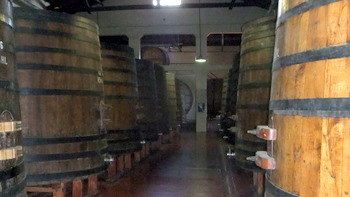
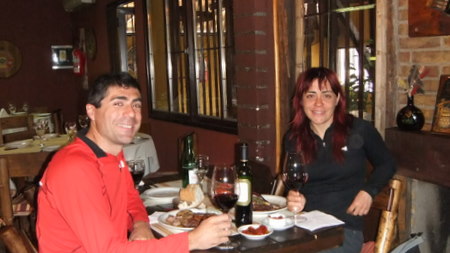
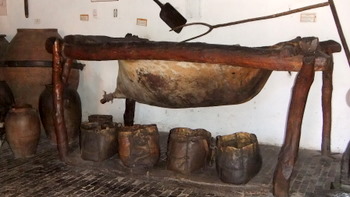
We spend the rest of the days planning the route of our trip through South America in the short to medium term, and wasting time searching for a replacement for my boots and swimsuit.
